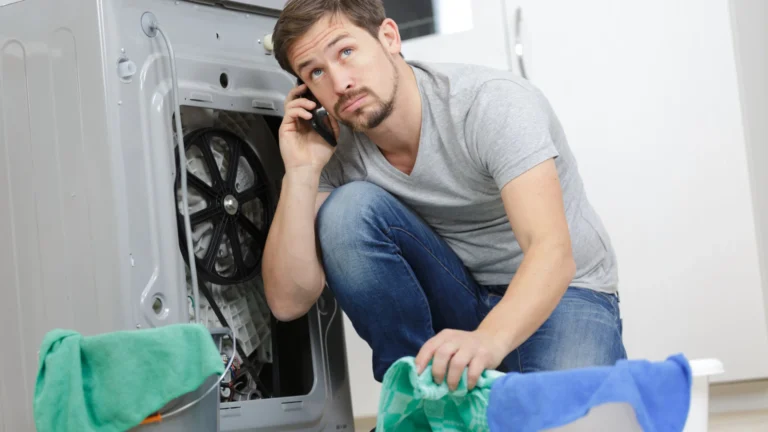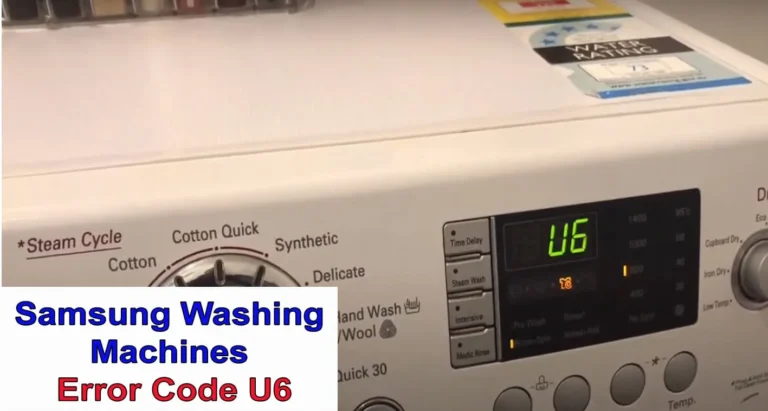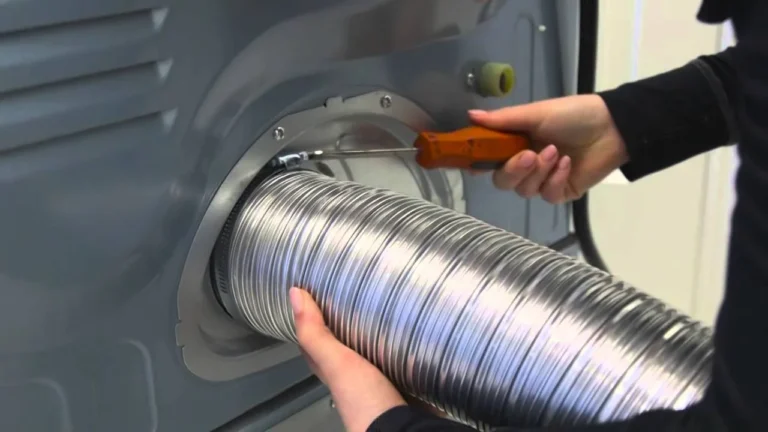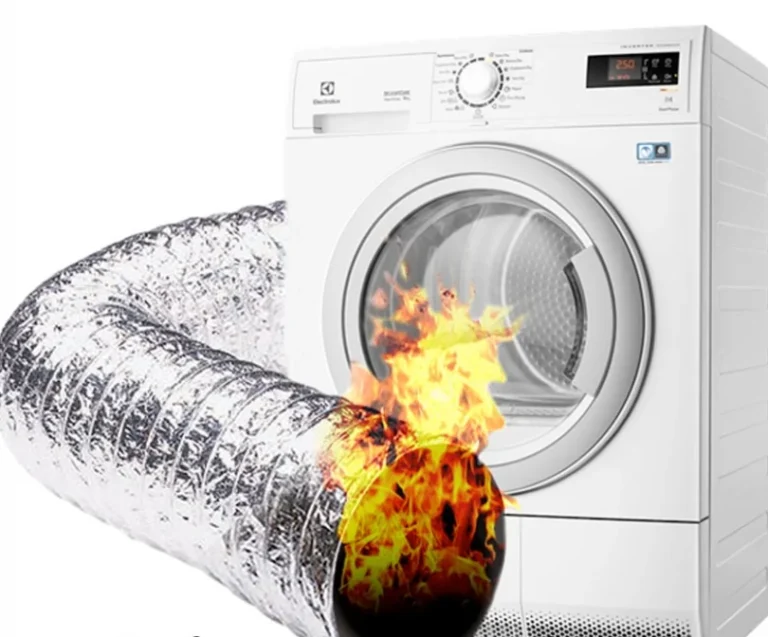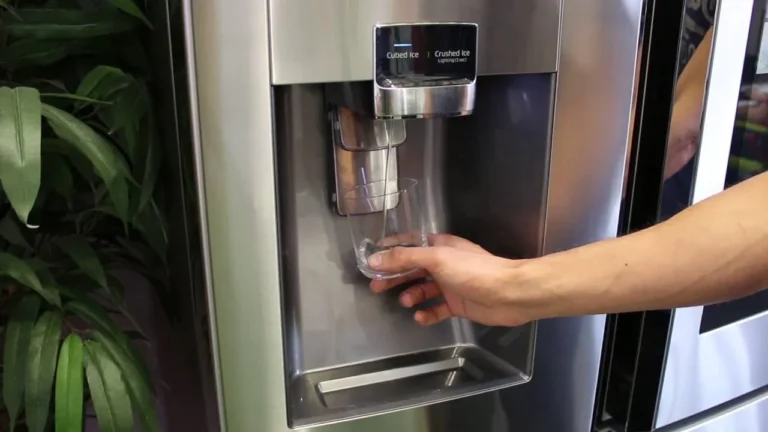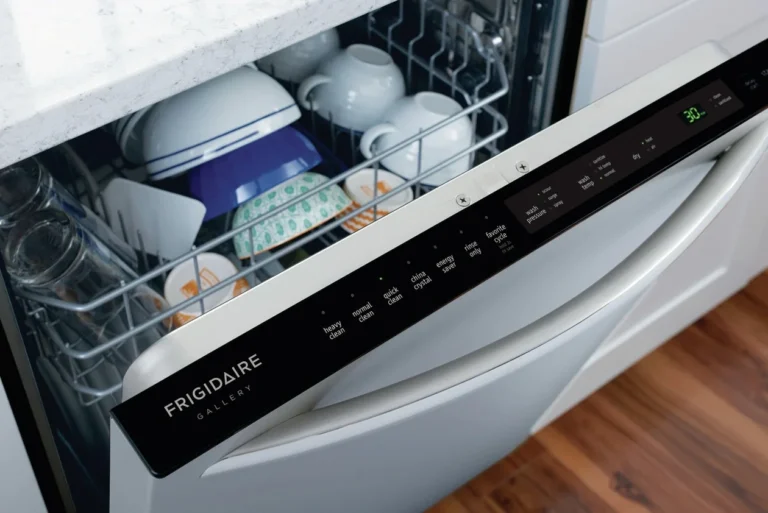Troubleshooting Common Issues with Bosch Dishwashers
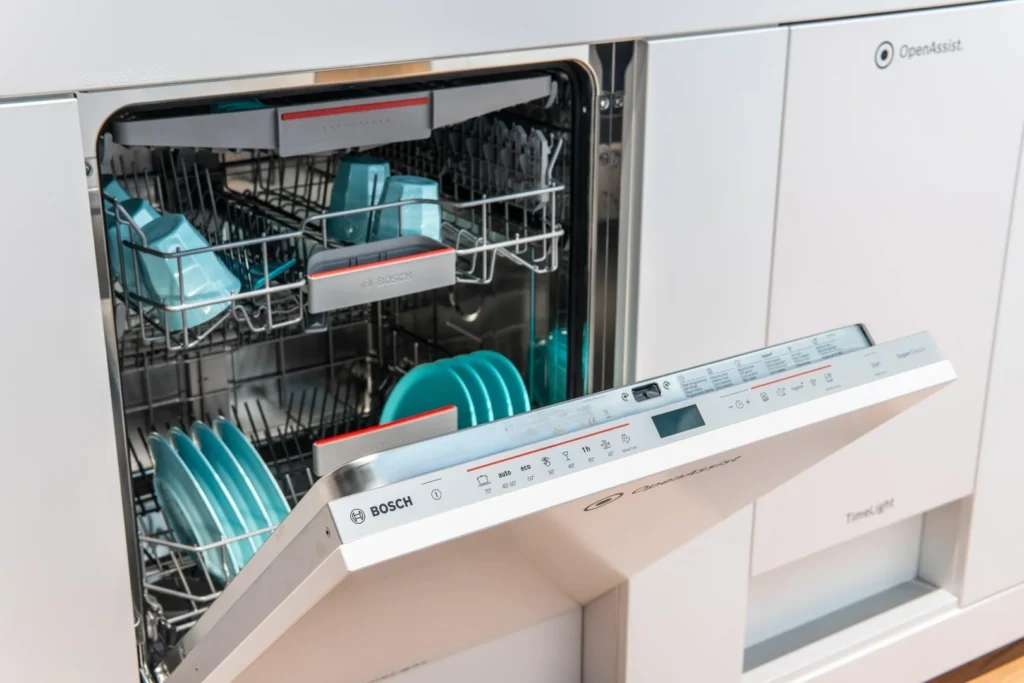
Bosch dishwashers are known for their quiet operation, efficiency, and reliability. However, like any appliance, they can occasionally malfunction or fail to clean dishes properly. Some common problems with Bosch dishwashers include issues with drainage, cleaning performance, drying, water leaks, and error codes. With some basic troubleshooting and maintenance, many problems can be fixed by the owner without needing professional repair service. This article will provide an overview of the most widespread issues with Bosch dishwashers and tips to resolve them.
Causes of Poor Cleaning Performance
One of the top complaints with Bosch dishwashers is that dishes come out still dirty after a full wash cycle. There are several possible causes for this frustrating problem:
Clogged or dirty spray arms
The spray arms distribute water to clean the dishes. Over time, grease and food particles can clog the holes in the spray arms, restricting water flow. To fix this, remove the spray arms and use a toothpick or small brush to clear any blocked holes. Rinse under warm water to remove any lingering debris.
Old or ineffective wash detergent
Dishwasher detergent can lose efficacy over time after being stored for months in your kitchen. For best results, use fresh detergent specifically formulated for dishwashers. Make sure to use the recommended amount – either tablets, gel packs or powder. Avoid hand washing or laundry detergents as they will cause excessive foaming.
Hard water mineral buildup
Hard water contains minerals like calcium and magnesium that leave behind chalky deposits on dishwasher components. Over time these deposits prevent proper spray arm rotation and water delivery. Run vinegar through the dishwasher every few months to dissolve mineral buildup. Consider using a water softener if you have perpetually hard water.
Improper loading
If dishes are loaded too close together or in the wrong position, the spray arms cannot fully reach all dish surfaces. Refer to the owner’s manual for the ideal loading patterns. Make sure plates are vertical, bowls face down, and utensils do not nest together. Leave space between items for water circulation.
Old or faulty filter
The filter screens out food particles during the wash cycle. But if not cleaned regularly, debris will clog the tiny holes in the filter mesh screen. This restricts water flow. Remove and clean the filter monthly under running water. Replace if the filter is bent or damaged.
Low water temperature
For sanitization, Bosch dishwashers must heat water up to 150°F. If not reaching this temperature, dishes will not get properly sanitized. Try running a hot water tap elsewhere to boost the input temperature. The heating element may need replacement if water stays too cool.
Drainage problems
Standing water in the dishwasher base indicates a drainage issue. If unable to drain fully, the dishwasher cannot begin a new cycle. Check that the drainage hose is free of kinks or clogs. Clean out any debris clogging the pump intake cover.
Troubleshooting Drainage Problems
One of the most frustrating dishwasher issues is when a puddle forms at the bottom after the wash cycle. There are a few causes of drainage problems:
Clogged or kinked drain hose
Drain hoses expel wastewater from the dishwasher to the sink drain pipe. If the hose is kinked or clogged with gunk, water cannot properly drain. Straighten any kinks or bends in the hose. Disconnect from the drain pipe and run an auger wire down the hose to pull out debris.
Clogged air gap
The plastic air gap attaches to the sink faucet. It prevents dirty water from backing up into the fresh water supply. Bits of food can clog the air gap inlet, slowing drainage. Unscrew the cap and remove any debris clogging the opening.
Faulty drain pump
The drain pump pulls water from the dishwasher tub and pushes it through the drain hose. If not working properly, water will remain at the bottom. First, clean around the pump cover and filter. If still not draining, the entire pump assembly may need replacement.
Clogged dishwasher sump
The sump is the lowest part of the tub where water collects before being pumped out. Leftover food particles can get lodged here, blocking water flow. Remove any debris from the sump using a wet/dry vacuum cleaner. Avoid puncturing the sump during cleaning.
Bad or cracked drain hose
If the drain hose is cracked or severly worn, water can leak out or air get sucked in – preventing proper drainage. Inspect the hose for any cracks or damage. Replace the hose if needed. Make sure the connections are tight.
Fixing Drying Issues
Dishwashers utilize venting, condensation, and heat to dry dishes after washing. Problems with the drying process can leave dishes wet:
Lack of rinse aid
Rinse aid dramatically improves drying by allowing water to sheet off surfaces. Without it, water just pools on dishware. Make sure to regularly refill the rinse aid reservoir and check that the setting matches your water hardness.
No heated dry cycle selected
Many Bosch dishwashers have an adjustable dry setting, with the “Extra Dry” option using additional heat. Select the proper dry setting based on load size and how dry you need dishes. The condensation drying setting alone may not fully dry plasticware.
High humidity
Ambient humidity inhibits the evaporation of water off dish surfaces. Run a dehumidifier in your kitchen to bring down excess moisture. Avoid opening the dishwasher mid-cycle as this lets humidity escape.
Vent obstruction
Dishwashers require proper airflow to vent moisture. If the vent is blocked by surrounding cabinetry or a decorative panel, drying performance will suffer. Leave adequate space around the dishwasher for ventilation.
Faulty heating element
A heating element beneath the tub boosts temperatures to aid drying. If not heating properly, moisture cannot evaporate. Test the heating element with a multimeter. Replace the entire heating element assembly if faulty.
Damaged door gasket
The door gasket seals when closed to contain heat and moisture. If the gasket is torn or cracked, warm air will escape rather than heat the tub interior. Inspect the gasket and replace if damaged. Apply petroleum jelly to maintain pliability.
Preventing Water Leaks
Nothing can ruin your day like opening up your Bosch dishwasher to find standing water on the floor. Water leaks are caused by a handful of issues:
Worn door gasket
The door gasket keeps water contained within the tub when running. If it becomes cracked or ripped, water can drip out the bottom. Replace worn or ill-fitting gaskets. Make sure the dishwasher is level so the door closes properly.
Improper installation
Leaking around the base can indicate an incomplete seal with the countertop. Remove the dishwasher to check the foam insulation is intact around the side brackets. Reapply non-hardening sealant if needed. Adjust leveling feet to tighten against counter.
Damaged tub
If the inner plastic tub is cracked, water will leak straight onto the floor when filling. Unfortunately, the entire stainless steel inner drum will need replacement if the plastic tub is compromised. A service tech can source and install the tub replacement.
Rusted interior panels
The base inside a Bosch dishwasher is partially made of thin steel coated panels. Over time, these can rust through from salt corrosion, causing leaks. Replace any rusted panels, being careful not to damage the plastic tub.
Faulty water inlet
The inlet valve lets water into the dishwasher from the supply line. If corroded or not sealing fully, water can leak from faulty valves. Close the water supply and replace the entire inlet valve assembly if defective.
Overflowing issues
An overfilled dishwasher can leak from the door or vent. Make sure the water supply is fully turned on so the valves open completely. Test that the float switch and intake valve are functioning properly to prevent overfilling. The drain line may also be clogged.
Diagnosing and Clearing Error Codes
Bosch dishwashers display error codes to identify technical issues. While cryptic, these codes can assist with diagnosis:
Code E09 – Water intake fault
This code indicates a problem with water entering the appliance. Check that the intake hose is connected properly with no kinks. Make sure other water is turned on in the home. The intake valve itself may need replacement.
Code E15 – Water drainage fault
Poor drainage triggers code E15. Check that the drain hose exit is not blocked. Clean the drain pump and test that the impeller can turn freely. Verify the hose connections are secure.
Code E24 – Heating circuit error
For E24, the heating element that warms the water is not working right. This could mean the heating element itself is bad or there is a wiring problem. A technician can test the element and replace if faulty.
Code E25 – Water temperature sensor
This code refers to a problem with the NTC temperature sensor inside the dishwasher. Replace the sensor if not providing accurate water temp readings to the control module.
Code E09 with flashing inlet light – Fill valve fault
When the inlet light flashes along with E09, the fill valve that lets in water is defective. Replace the water inlet valve to resolve this issue.
To clear an error code, press and hold the Start button for 3-5 seconds after fixing the underlying problem. This resets the control module and clears the code.
Maintaining Your Bosch Dishwasher
Regular maintenance keeps your Bosch dishwasher running smoothly for years of reliable service:
- Clean the filter monthly – Removes debris that could clog components
- Use dishwasher cleaner monthly – Clears grease and limescale from interior
- Clean spray arms and rinse jets – Keeps water spray unobstructed
- Drain out any standing water – Prevents foul odors inside the unit
- Wipe away grime along the door – Keeps seals and surfaces hygienic
- Level on the counter – Ensures proper door closure and alignment
- Replace worn parts – Pump, chopper, hoses and gaskets wear over time
Performing these maintenance steps can head off bigger repair issues down the road and keep your Bosch dishwasher providing spotless results.
When to Call for Repair Service
While DIY troubleshooting and maintenance can solve many common Bosch dishwasher issues, it’s sometimes best to rely on a trained appliance repair technician for more complex problems. Seek professional service help if:
- Electrical issues cause the dishwasher not to power on at all
- Serious water leaks that cannot be stopped by repairs
- Strange noises that indicate broken or grinding internal parts
- Error codes that keep returning after attempted fixes
- Problems you are unable to confidently diagnose or repair
Veteran repair experts have the skills and experience to properly diagnose tricky malfunctions and faults. They also have access to replacement Bosch parts you cannot source yourself. For severe issues causing the dishwasher to be totally disabled, professional service is the smartest option to avoid creating worse damage.
With some basic troubleshooting, most homeowners can resolve minor problems with their Bosch dishwasher themselves. But if you’ve given DIY repairs your best attempt and the dishwasher is still not functioning or leaking heavily, it’s time to let the pros tackle it.

